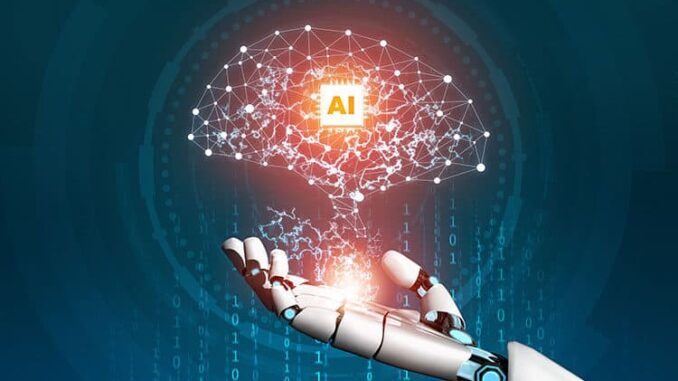
AI displacement and transition refer to the changes in labor markets, workforce dynamics, and societal structures that result
from the implementation of artificial intelligence technologies. Here are some key points to consider:








### AI Displacement
1. **Job Losses**: Certain jobs, especially those involving routine or repetitive tasks, are at high risk of being automated. Industries such as manufacturing, transportation, and even sectors like customer service may see significant job displacement.
2. **Skill Mismatch**: As AI takes over specific tasks, there will be a growing demand for skills that complement AI technologies. Workers in displaced roles may find their skills obsolete, leading to challenges in re-employment.
3. **Economic Impact**: Widespread job displacement can lead to economic shifts, with potential increases in inequality as those unable to transition to new roles may struggle financially.
4. **Psychological Effects**: The uncertainty around job security due to AI can lead to anxiety and stress among workers, potentially affecting mental health and productivity.
### Transition
1. **Reskilling and Upskilling**: As job roles evolve, there will be a critical need for initiatives to retrain workers. Reskilling programs that focus on developing skills relevant to AI and emerging industries can help ease the transition.
2. **Job Creation in New Fields**: While AI may displace certain positions, it can also create job opportunities in areas like AI development, data analysis, maintenance, ethics, and regulation of AI systems.
3. **Policy and Regulation**: Governments and organizations will need to implement policies that support displaced workers, such as unemployment benefits, training programs, and educational initiatives that promote lifelong learning.
4. **Universal Basic Income (UBI)**: Some experts propose UBI as a potential solution to support individuals who lose jobs due to AI automation, providing a safety net to enable them to transition to new employment opportunities.
5. **Ethics and Inclusion**: It’s crucial to ensure that the transition towards an AI-driven economy is equitable, addressing the needs of marginalized groups who might be disproportionately affected by job displacement.
6. **Collaboration Between Stakeholders**: Effective transition requires collaboration among employers, educators, government, and communities to create a cohesive approach to workforce development and technological integration.
### Conclusion
AI has the potential to enhance productivity and drive innovation, but it also poses significant challenges related to job displacement. To navigate this transition effectively, proactive measures must be taken to support workers, promote skill development, and create a sustainable workforce aligned with the future demands of the economy.

Leave a Reply